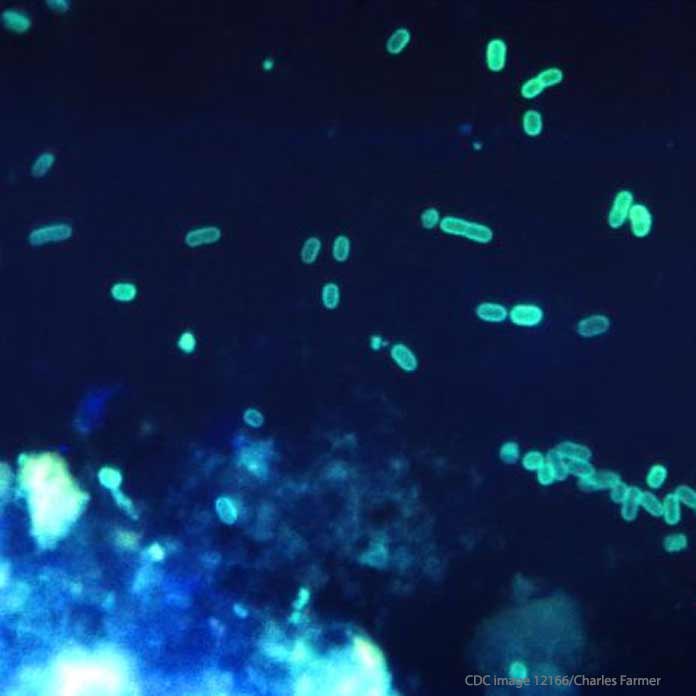A new article1 in Emerging Infectious Disease, a CDC journal, looks at Escherichia coli O157 outbreaks in the United States from 2003 to 2012. The analysis discussed in this article sheds light on the causes of severity of outbreaks.
For purposes of this study, an outbreak was defined as an event during which 2 or more people had culture-confirmed E. coli O157:H7 or O157:NM infections resulting from a common exposure.
Settings for the outbreaks were classified as one of the following:
- Home;
- Restaurant (includes deli, banquet facility and other venues were food is served restaurant style);
- Institution (for example, childcare center, school, prison);
- Fair;
- Petting zoo;
- Recreational area;
- Other (grocery store, processing facility, farm animal show, etc.).
During the period of 2003 through 2012, there were 390 E. coli O157 outbreaks reported, with 4,928 illnesses, 1,272 hospitalizations, 299 doctor-diagnosed cases of hemolytic uremic syndrome (a complication that causes kidney failure) and 33 deaths. Food was the primary transmission mode in 255 of the outbreaks.
Of the 255 foodborne outbreaks, 170 implicated a specific food, and 141 of the 170 implicated a single category of food. The study broke down the food sources into the following categories:
- Beef (54 outbreaks attributed to ground beef, 10 steak, 14 other beef products);
- Leafy vegetables (22 lettuce, 4 spinach and 3 salad mix);
- Dairy (13 unpasteurized (raw) milk and 3 cheese made from raw milk);
- Other meats (3 venison, 2 lamb and 2 bison/buffalo);
- Fruits (4 apple cider, 1 fruit salad and 1 strawberry);
- Sprouts (3);
- Nuts (1 hazelnuts sold in the shell); and
- Poultry (1).
There were 5 outbreaks attributable to food products outside of the above categories: 1 cookie dough, 2 salsa and 2 pico de gallo.
Foodborne outbreaks caused 25 of the 33 deaths, 3667 illnesses, 1035 hospitalizations, 209 cases of hemolytic uremic syndrome (HUS).
The article stated that the estimated annual cost of E. coli poisoning in the U.S. is about $405 million (citing Frenzen2): $370 million for premature deaths, $30 millions for medical care and $5 million in lost productivity2. There are other costs beyond economic, including:
- the physical pain;
- the emotional distress of having this horrific illness;
- the disabilities that prevent some outbreak victims from experiencing life the way they did before they got sick;
- the immeasurable loss of a loved one who suffered but did not survive the E. coli infection and its complications, including HUS.
These are just some of the damages that E. coli victims and their families have suffered. They have the right to seek compensation for these and other damages. If you have questions about compensation, you can click here now if you want a free consultation with an E. coli lawyer at our national food safety law firm.

As food safety lawyers, we strive to get the best possible outcomes for our clients, and we have won millions in personal injury and wrongful death lawsuits against restaurants, food companies, retailers and distributors.
References
1. Heiman KE, Mody RK, Johnson SD, Griffin PM, Gould LH. “Escherichia coli O157 outbreaks in the United States, 2003–2012.” Emerg Infect Dis. 2015 Aug [July 23, 2015]. http://dx.doi.org/10.3201/eid2108.141364.
2. Frenzen, Paul D., et al. “Economic cost of illness due to Escherichia coli O157 infections in the United States.” Journal of Food Protection® 68.12 (2005): 2623-2630.